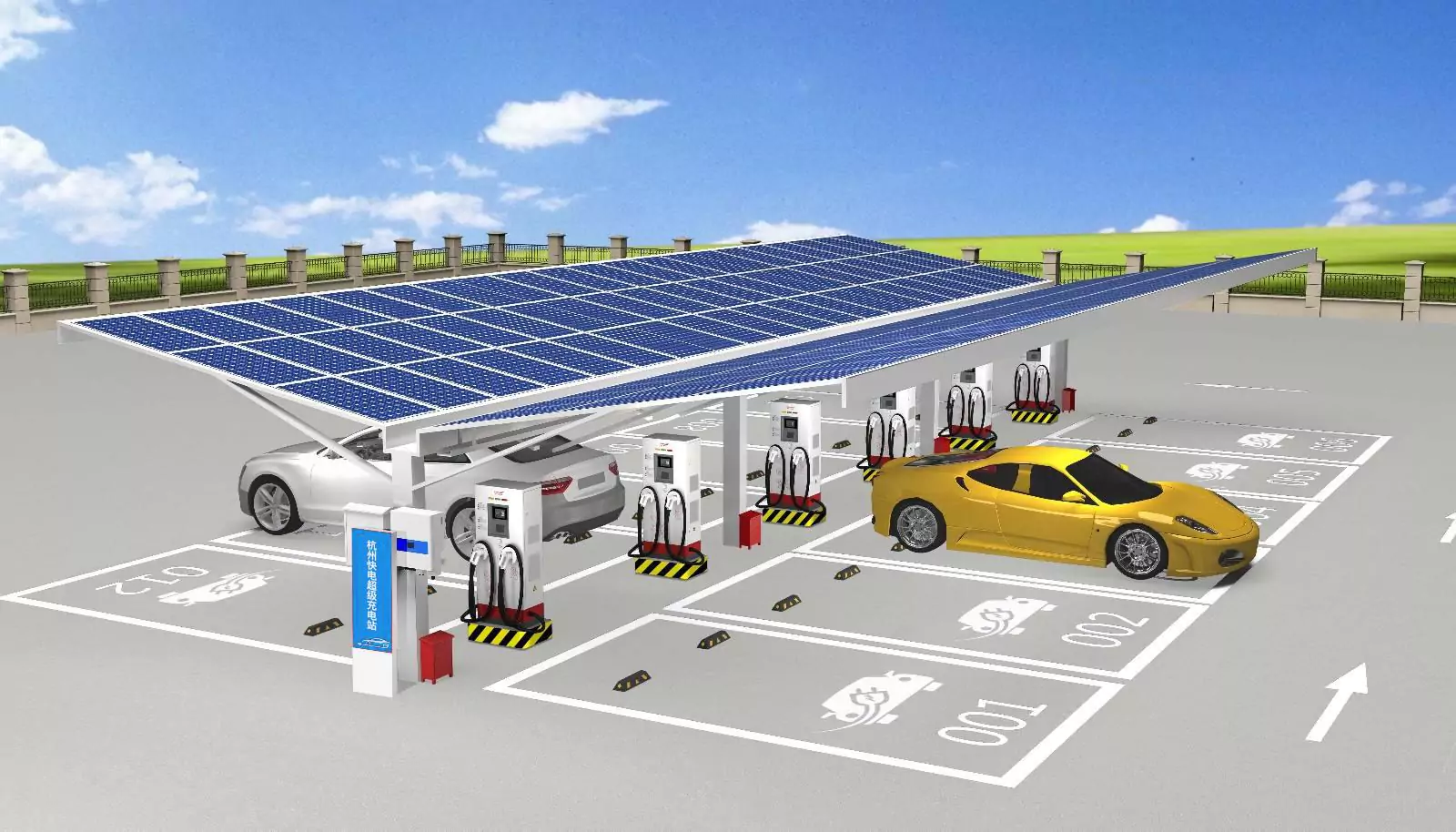
How Does Smart Control in Photovoltaic Integrated Electric Vehicle Charging Stations Mitigate Transformer Overloading and Enable Vehicle-to-Grid Services?
Relieving Transformer Overload: The Smart Regulation of Energy Storage Systems
Traditional power grids frequently face the problem of overloading of transformers in the case of fluctuating loads, which seriously affects the quality of power and may lead to serious damage. In this context, a photovoltaic integrated charging station with integration of distributed battery energy storage along with smart control technologies is an attractive solution.These systems can monitor and regulate loads in real time by distributing power dynamically via photovoltaic generation and EV charging demands in real time. During peak sunlight hours, the photovoltaic arrays generate electricity through smart control modules that make real-time adjustments in the power supply. In this way, this maximizes the efficiency of power distribution and reduces reliance on distribution transformers to prevent overload; hence, efficiency in overload prevention is improved.
Enabling V2G: The Bidirectional Flow of Green Energy
The system does not only store energy but also enables both-way flow of green energy with the facilitation of V2G services. Energy storage systems could discharge power to the grid during periods of high demand, thus contributing toward frequency regulation for continuous and high-quality power supply. Moreover, during their stay in the car park and while connected with the charging station, the batteries of electric vehicles are able to interplay in V2G transactions by drawing power when needed and feeding power back into the grid at other times. This reduces not only emissions but also extends EV driving ranges and enhances overall energy efficiency.The Hefei Binhu Smart Energy Service Station is a typical case for the actual application of V2G technology and has been using the reverse charging of the new energy vehicle to the grid successfully up to now.
Smart Control Architecture: To build an efficient and collaborative energy management system, Fundamentally, these novel advanced charging stations integrate a sophisticated smart control architecture internally. The charging/discharging module, bidirectional inverter module, metering and detection module, and integrated control module will be leveraged hierarchically through a multilayered network architecture that includes the dispatch layer, station control layer, and device layer.
The device layer, with the CAN bus as the backbone network, interlinks various controllers and power electronic charging equipment for the vehicle-grid interaction and station-station communication. Meanwhile, the control center calculates the real-time data and then makes the best response strategy for the system and gives instructions on the rectifying/inverting control, photovoltaic power generation control, and energy storage charge/discharge control to make the system work in a smooth and effective way.
In a photovoltaic integrated electric vehicle charging station, the intelligent control of the battery energy storage system marks a leap forward in combating transformer overloading and enabling V2G services. As technology is getting developed with each passing day, the applications are also expanding. Needless to say, these stations will form the strong pillars of the future energy system and take society towards a greener, smarter, and sustainable future.



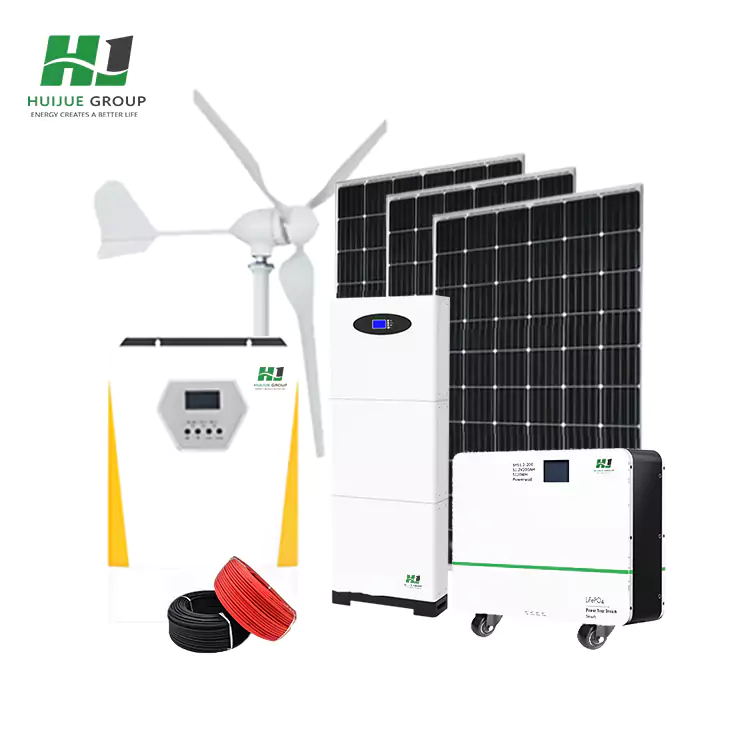
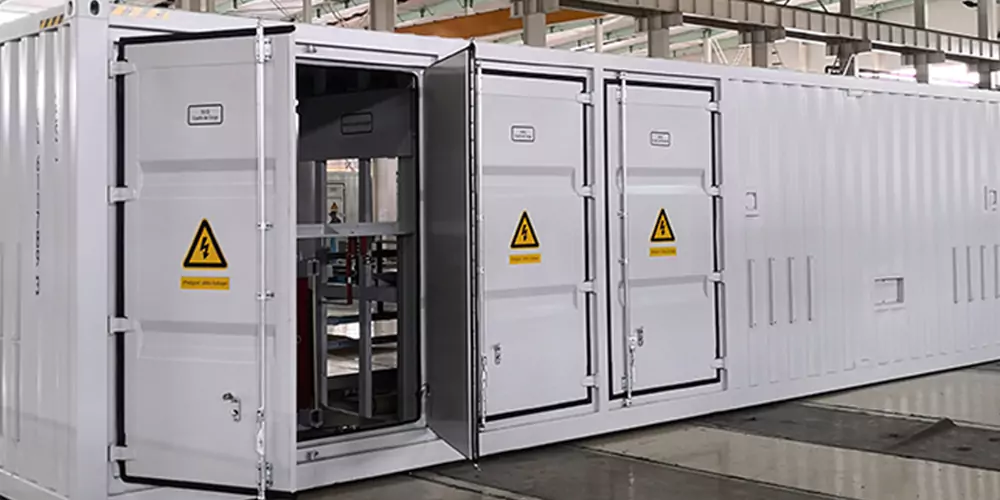

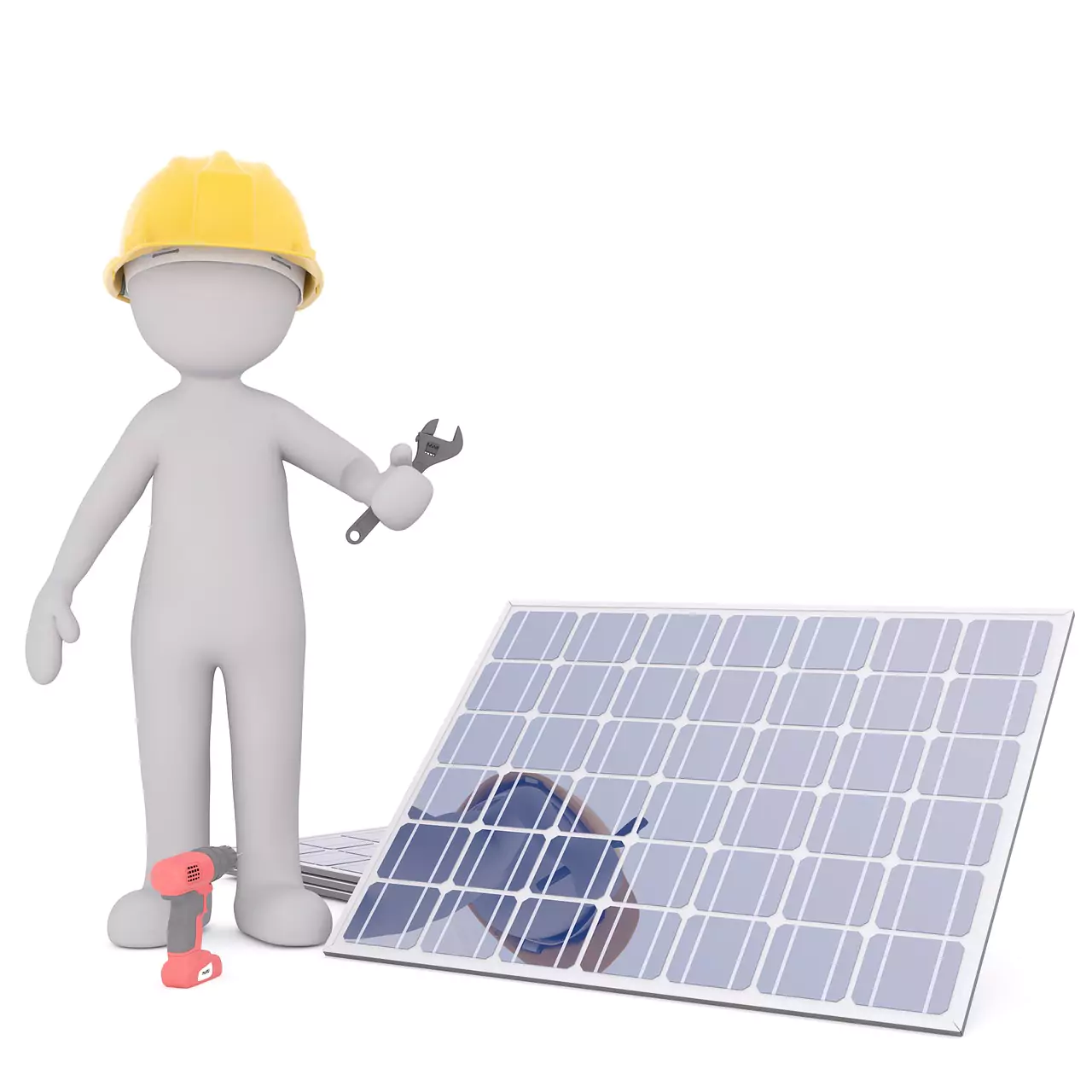
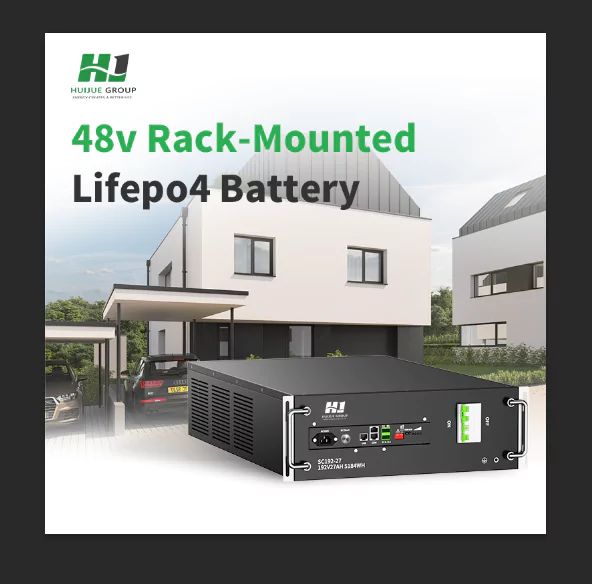
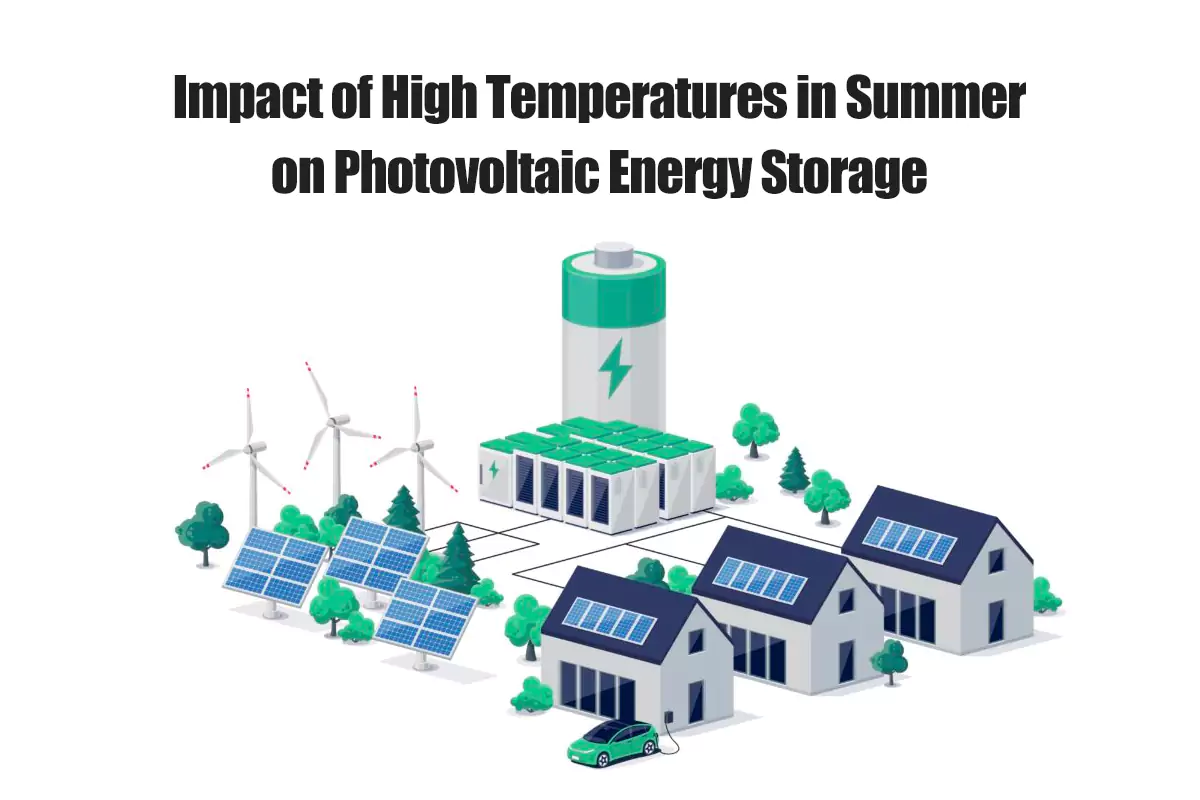


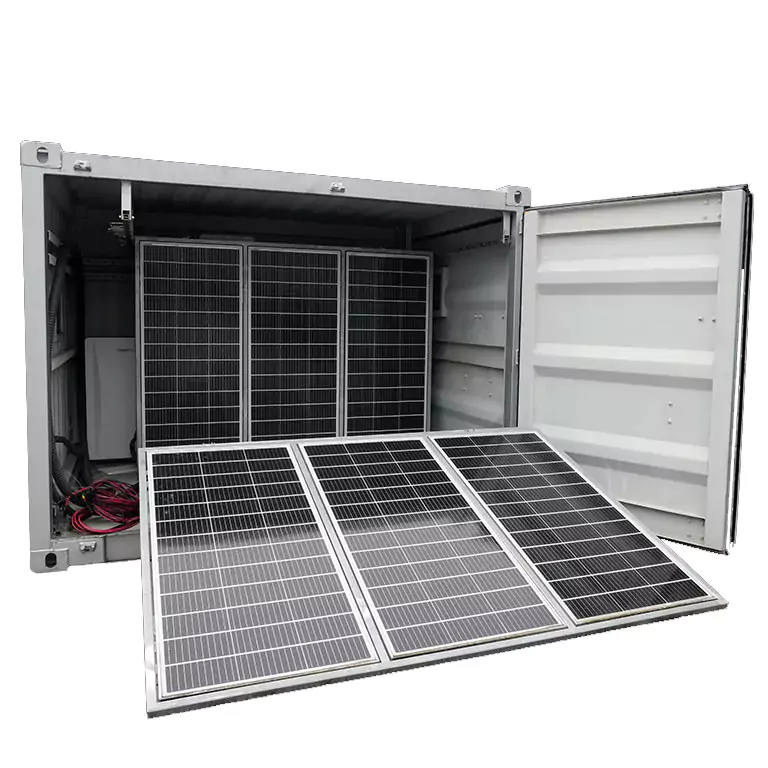


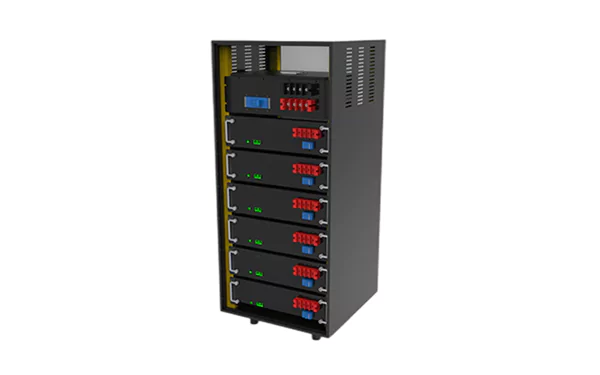
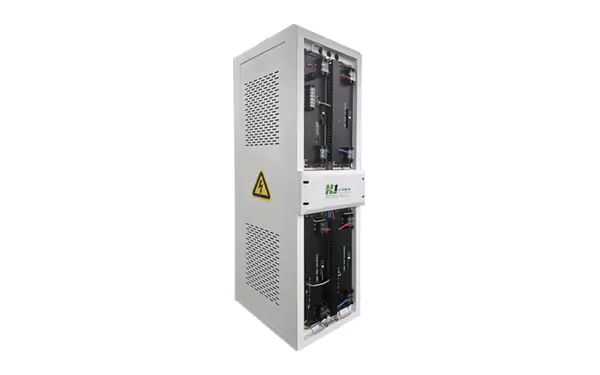
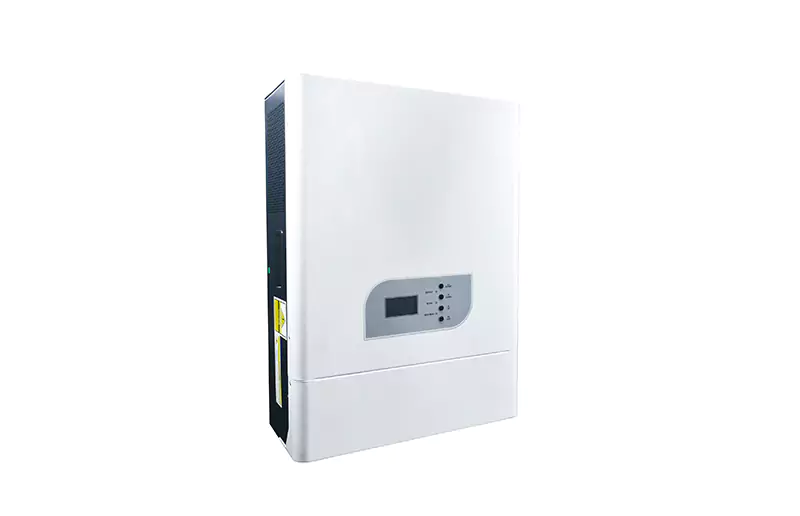



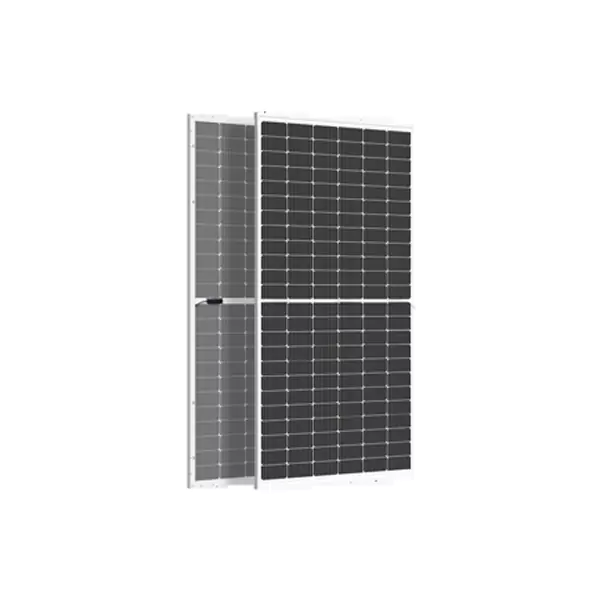
 Inquiry
Inquiry Online Chat
Online Chat